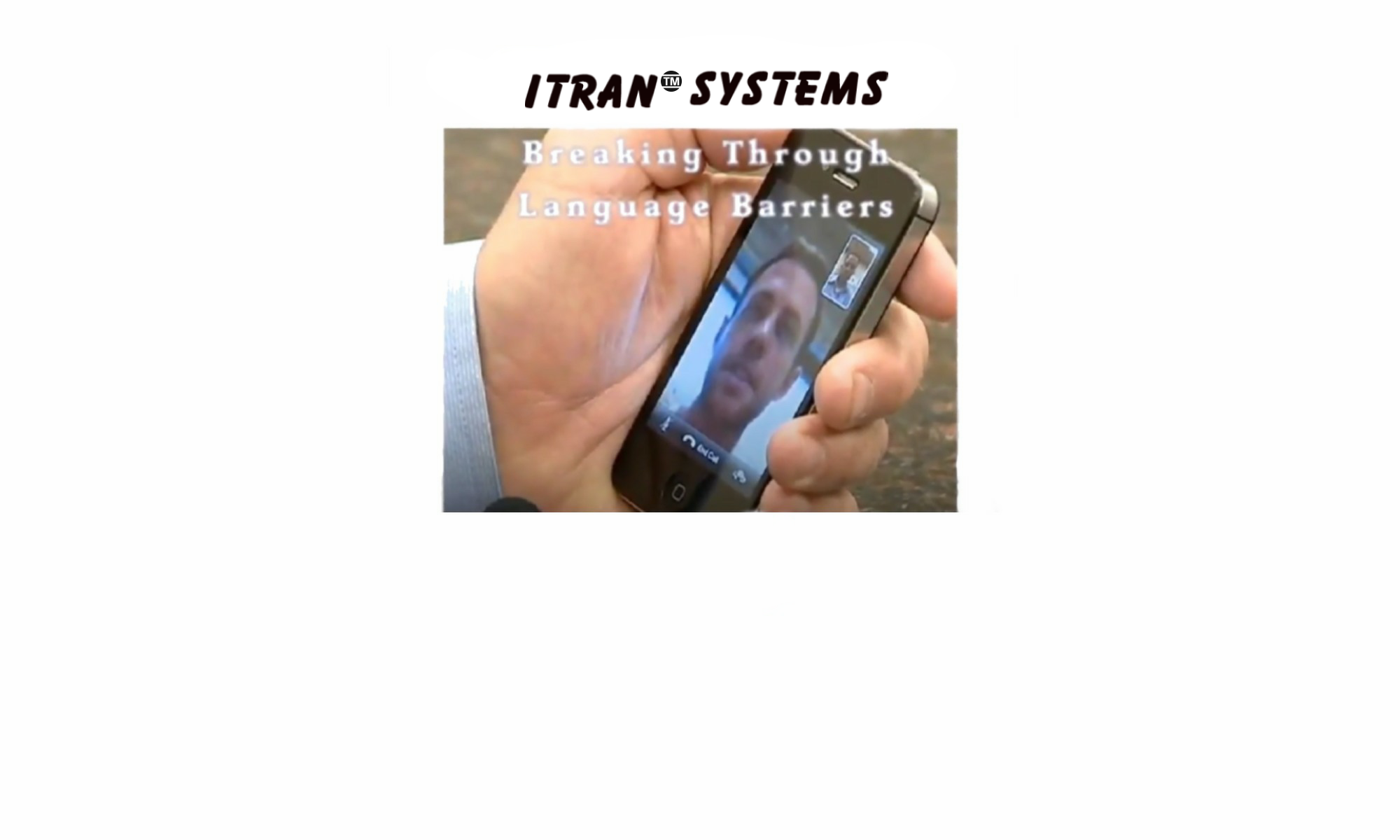Over the last twenty years, the influx of Hispanics into the Midwest and South is creating a language barrier in many communities, forcing changes in how governments provide services and the way businesses attract workers and customers.
In Georgia, advocates say some Latino immigrants get substandard health care because they cannot speak English well and few hospitals have Spanish translators.
In Tennessee, manufacturing and retail employers say they would hire more Hispanic immigrants but cannot adequately train or relay job safety requirements to non-English speakers.
“You have to speak English on the job, so nobody has to be around you to tell you what the boss wants” or translate out of an instruction manual, said Jose Adame of Horn Lake, Miss. He came from Mexico nine years ago for work, but said he was not able to find a steady job as a machine operator until he improved his English.
The Federal Civil Rights Act of 1964 covers discrimination based on foreign language, though it is an aspect of the law that has not been consistently enforced, said Marcela Urrutia, a policy analyst with the Hispanic advocacy group, National Council of La Raza.
An executive order issued in 2000 by the Clinton administration sought to clarify that, ordering federal agencies and organizations receiving federal funds to ensure they have a system that provide services for limited English proficiency residents so they “can have meaningful access to them.”
Most agencies are still trying to comply with the order, Urrutia said. In Michigan and elsewhere, some government agencies now are providing documents in Spanish and crash courses for employees who deal with the public.
“With the growing emergence of Latinos and other immigrants, there has been a growing demand of compliance with the law,” she said.
The 2000 census found 11 percent of U.S. residents age 5 and older, or about 28 million people, spoke Spanish at home, up from 8 percent in 1990, or about 17 million. And among those Spanish-speakers in 2000, roughly half spoke English less than “very well,” about the same percentage as a decade earlier.
But in those states that saw the largest increase in Hispanics, the number of people who spoke English less than very well exploded. For instance, in North Carolina, the number of Spanish-speaking residents nearly quadrupled. The number of Spanish-speakers who spoke English less than very well also increased five fold, while it tripled in Iowa.
Memphis – Tennessee’s largest city – now has over 50,000 Spanish-speaking residents, more than double the number from 2000.
“It’s like something that happened overnight here. Memphis has always been a multicultural city, but we haven’t necessarily been a multilingual city,” said Shelby Mallory of The Work Place, a nonprofit work force development organization for prospective Hispanic workers.
Conversely, calls for an “English-only” culture have been prevalent in recent years as well. The nonprofit group ProEnglish says 26 states have enacted laws making English their official language.
Governments must distinguish between commonsense uses for languages – such as for emergency services – and those that inhibit assimilation, said Mark Kirkorian, executive director of the Center for Immigration Studies, a research group that advocates “fewer immigrants but a warmer welcome for those admitted.”
A report from the federal Office of Management and Budget said it could not accurately estimate costs associated with implementing programs to help residents with limited English skills.
Data was only available for Delaware, New Jersey, New York, Vermont and West Virginia, with figures for other states to be released soon. Those figures show that immigrants who spoke an Asian language tended to know English better than Spanish speakers.
Almost twenty years have passed since the 2000 census and the dilemma still exists with solutions that are highly inadequate. TranStream Global is the Future of healthcare reform in the translations industry
